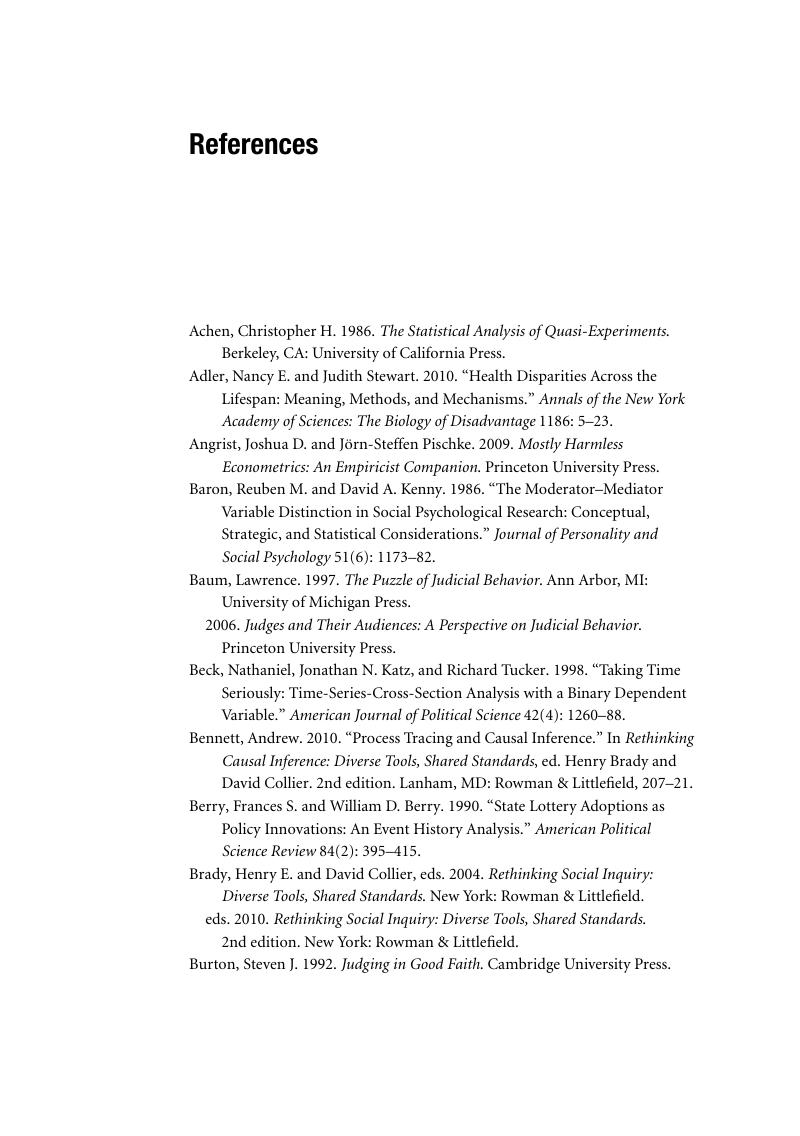Book contents
- Frontmatter
- Contents
- List of figures
- List of tables
- Acknowledgments
- 1 Pathway analysis and the elusive search for causal mechanisms
- 2 Preparing for pathway analysis
- 3 Case selection for pathway analysis
- 4 Comparison of case selection approaches
- 5 Regression-based case selection for pathway analysis of non-linear relationships
- 6 Matching to select cases for pathway analysis
- 7 Using large-N methods to gain perspective on prior case studies
- 8 Pathway analysis and future studies of mechanisms
- 9 Conclusion
- Glossary of terms
- References
- Index
- References
References
Published online by Cambridge University Press: 05 July 2014
- Frontmatter
- Contents
- List of figures
- List of tables
- Acknowledgments
- 1 Pathway analysis and the elusive search for causal mechanisms
- 2 Preparing for pathway analysis
- 3 Case selection for pathway analysis
- 4 Comparison of case selection approaches
- 5 Regression-based case selection for pathway analysis of non-linear relationships
- 6 Matching to select cases for pathway analysis
- 7 Using large-N methods to gain perspective on prior case studies
- 8 Pathway analysis and future studies of mechanisms
- 9 Conclusion
- Glossary of terms
- References
- Index
- References
Summary

- Type
- Chapter
- Information
- Finding PathwaysMixed-Method Research for Studying Causal Mechanisms, pp. 152 - 159Publisher: Cambridge University PressPrint publication year: 2014



